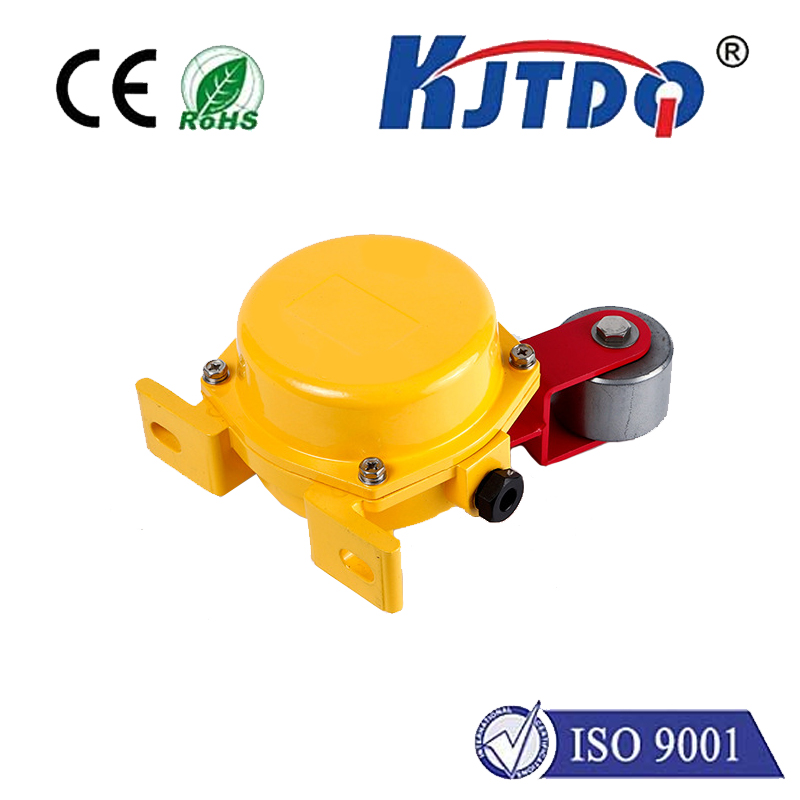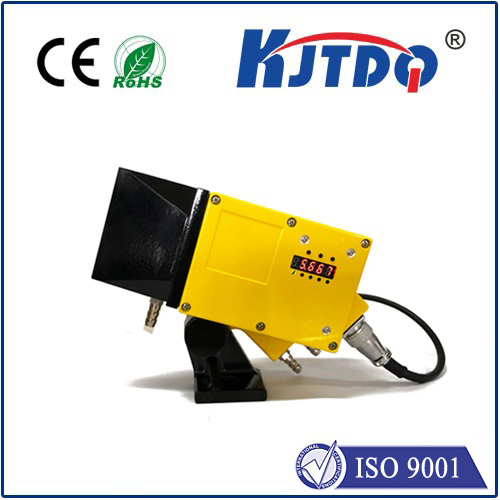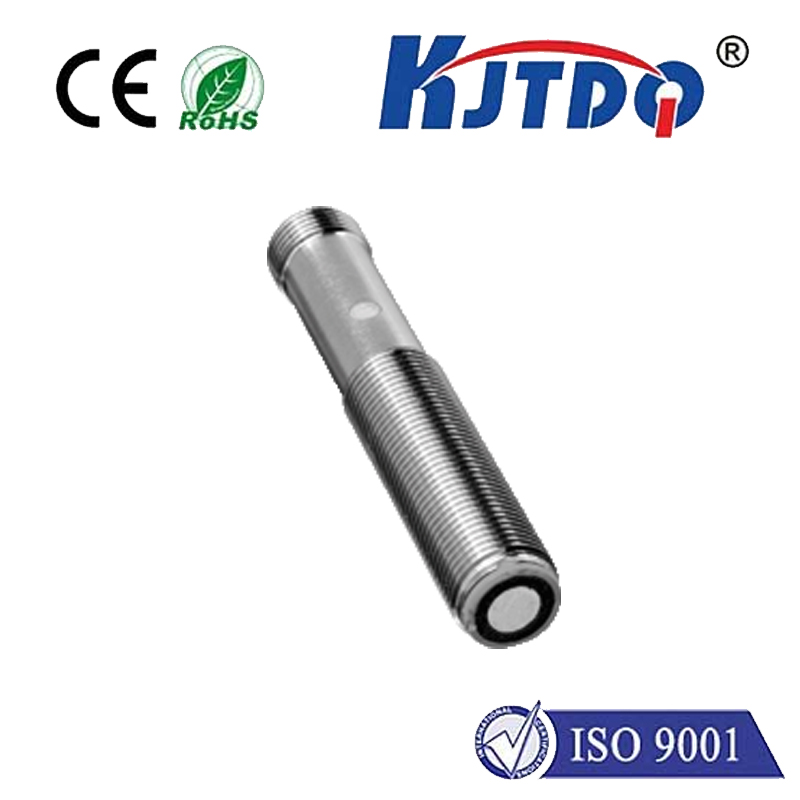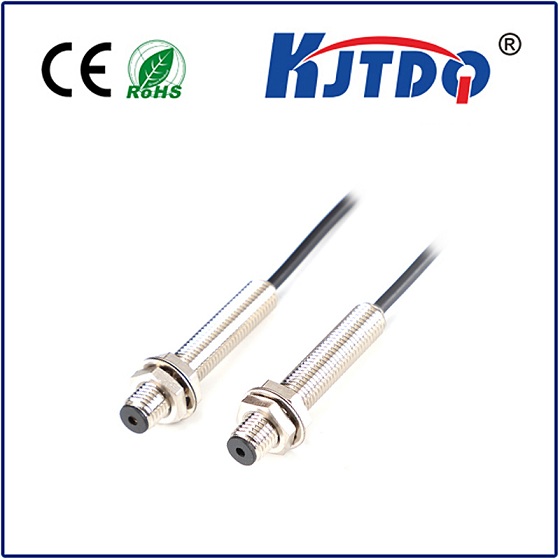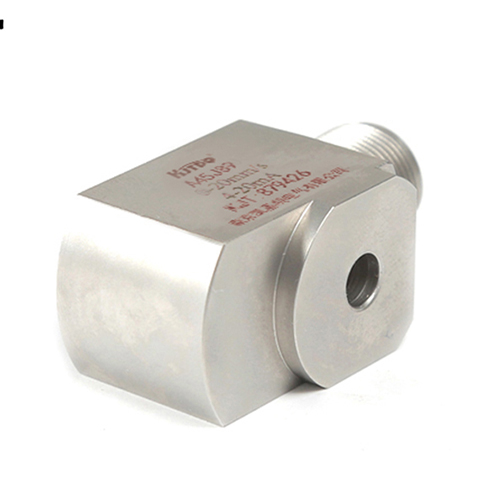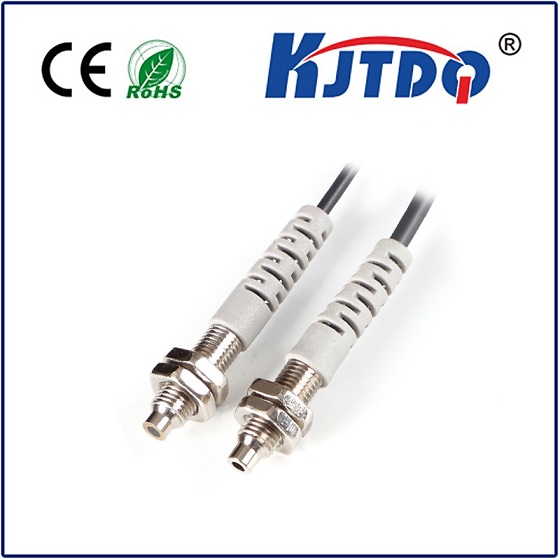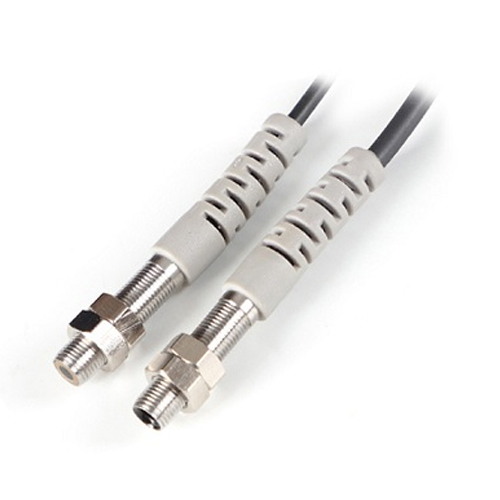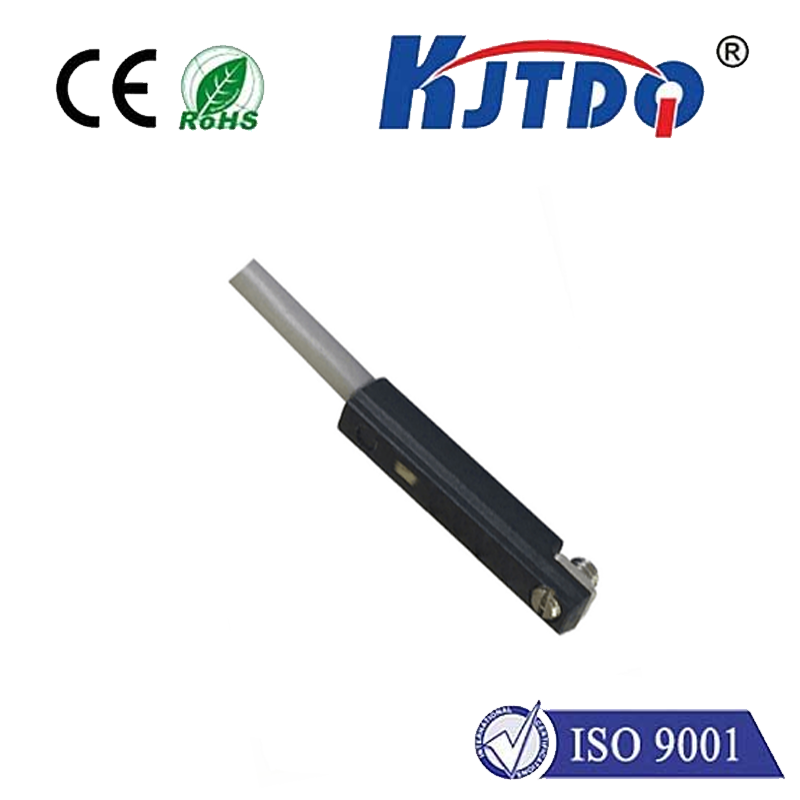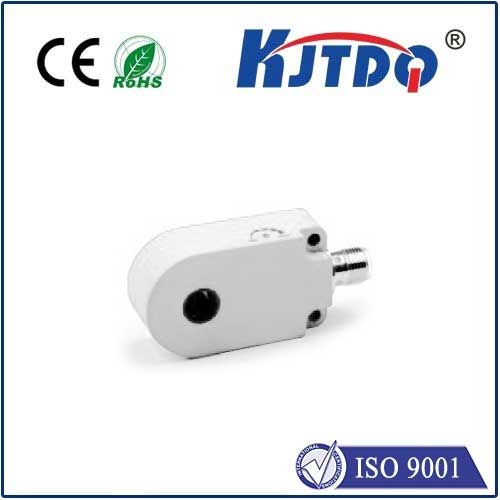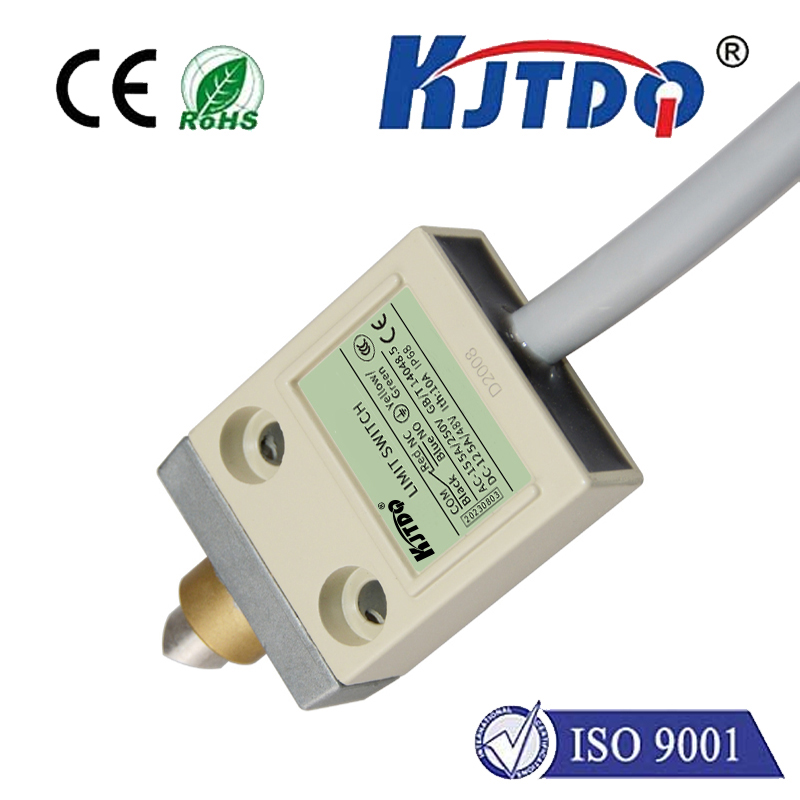SPS-4E-1-4X-MET
- time:2024-10-28 16:22:24
- Click:0

Title: Unveiling the Mystery of ‘SPS-4E-1-4X-MET’: A Comprehensive Insight into its Significance
In the rapidly evolving landscape of technology and innovation, new acronyms and codes often surface, sparking curiosity and intrigue. One such elusive combination that has recently garnered attention is ‘SPS-4E-1-4X-MET’. Though it may appear as a random assortment of letters at first glance, delving deeper reveals a profound significance that warrants exploration. This article aims to unravel the mystery behind this intriguing sequence, shedding light on its implications and the potential it holds.
The Genesis of SPS-4E-1-4X-MET
To comprehend the essence of ‘SPS-4E-1-4X-MET’, we must first acknowledge its structure. It seems to be a coded message or a product designation, hinting at a systematic classification system. The initial ‘SPS’ could stand for a specific project, department, or even a strategic plan within an organization. Following this, ‘4E’ might represent a version number, iteration, or phase indicating developmental progress. The subsequent ‘1-4X-MET’ sequence suggests further specificity, potentially outlining model variations, enhancements, or targeted functionalities.
Decoding the Components
Breaking down each element individually:
- SPS: This triad of letters could symbolize a foundational pillar, such as ‘Standardized Production System’, implying a standardized approach to manufacturing or service delivery. Alternatively, it might denote a specific division or initiative within a larger organization focused on precision and efficiency.
- 4E: Often in coding systems, numerical values indicate stages or levels. Here, ‘4E’ could signify the fourth edition or enhancement of a particular project or product line. The ‘E’ might also suggest ‘Evolution’, indicating progressive advancements over previous versions.
- 1-4X: This segment introduces a range or series concept. ‘1-4X’ might represent four distinct models or configurations within a family, each with unique features or capabilities tailored to different requirements. The ‘X’ factor implies customization or scalability options, allowing users to adapt the base model to their needs.
- MET: The final trio could stand for various things depending on context. It could mean ‘Methodology’, ‘Metrics’, or even ‘Meta’, referring to advanced data analytics or AI integration. Another plausible interpretation is ‘Material’, pointing towards the use of innovative materials or technologies in the product’s construction or operation.
Implications and Potential Applications
Understanding ‘SPS-4E-1-4X-MET’ as a cohesive whole opens doors to numerous possibilities across industries. If interpreted as part of a technological ecosystem, it hints at a sophisticated, adaptable system designed for continuous improvement and user-centric customization. Its emphasis on standardization coupled with flexibility (evidenced by the range in ‘1-4X’) suggests applications in sectors where both efficiency and personalization are paramount—such as automotive manufacturing, healthcare devices, or consumer electronics.
Moreover, the inclusion of ‘MET’ implies a forward-thinking approach that incorporates cutting-edge methodologies, performance metrics, or materials science advancements. This could translate into products not only optimized for current demands but also future-proofed against upcoming challenges and trends.
Conclusion
While the exact nature of ‘SPS-4E-1-4X-MET’ remains speculative without additional context, our analysis underscores its potential as a symbol of innovation, adaptability, and meticulous planning. By deciphering this enigmatic code, businesses and enthusiasts alike can gain insights into the direction of modern design and development strategies, inspiring them to embrace similar principles in their pursuit of excellence. As technology continues to advance, understanding such codes becomes crucial in navigating the complex landscape of innovation and maintaining a competitive edge.












